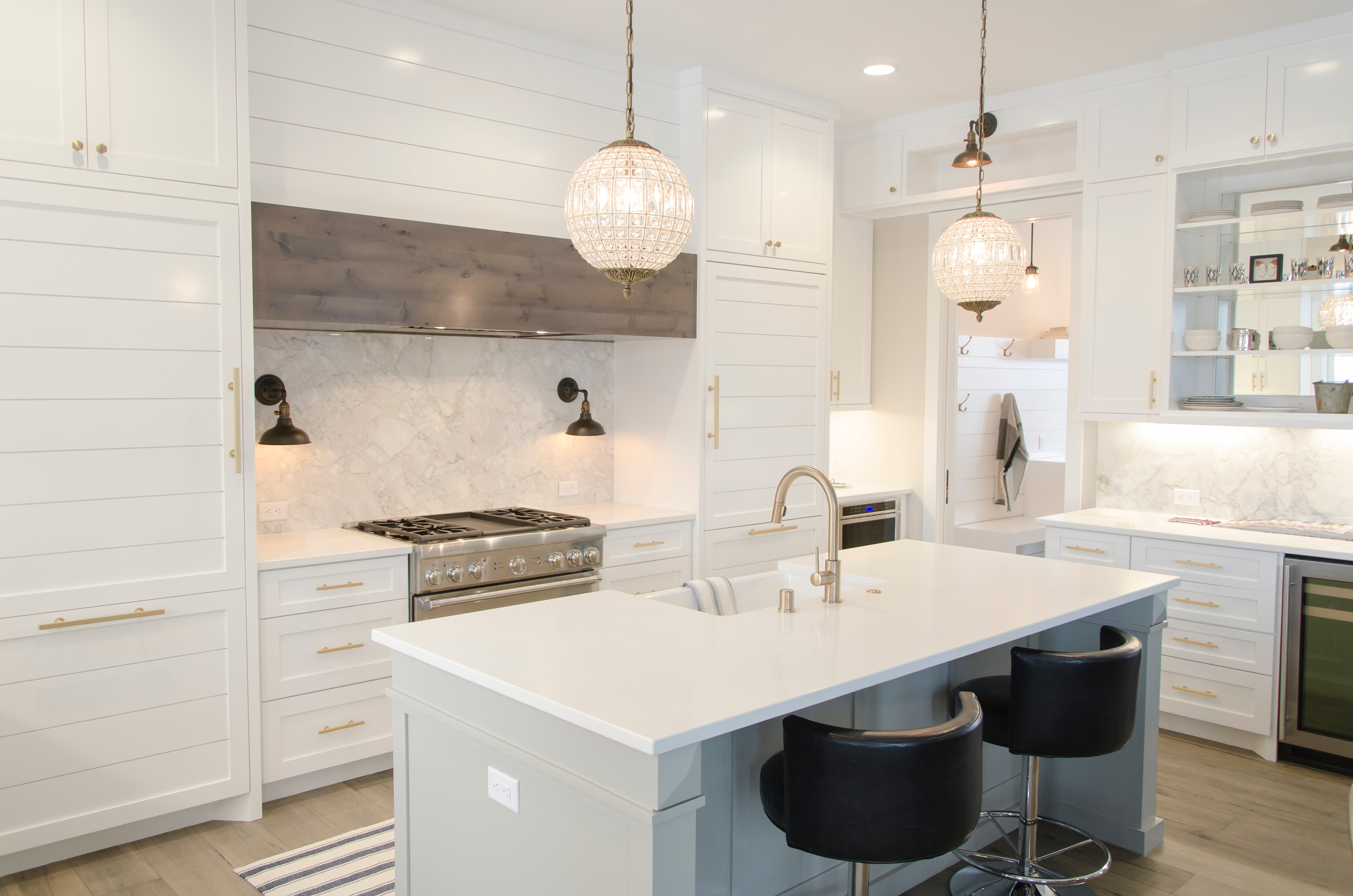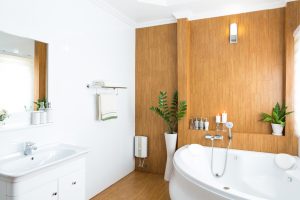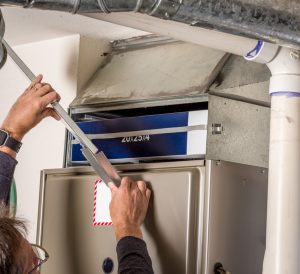Arthritis
As you age, you’ll notice some changes in the dexterity of your hands or pain in your hips or knees. This change can bring about challenges in your daily routine, such as preparing dinner or getting into and out of the tub.
In order to provide some relief on your hands, consider switching all of your doorknobs out for lever style handles. If you have knobs on any cabinets or drawers, replace them with pulls so you won’t have to strain your hands to grip in order to open.
Lastly, consider installing a touchless faucet in your bathroom and kitchen; this will eliminate the need for faucet knobs, which can be difficult to use while you’re in pain. A bathroom upgrade like this can also improve your hygiene and help you stay healthy. You should look into a local plumbing professional to help install touchless faucets throughout your home. Hiring a professional is essential to avoid injury and to avoid potential water damage from improper installation if you were to go the DIY route.
Dementia and Alzheimers
Memory loss can make living in your home both confusing and hazardous. Creating memory aids within the home is vital in helping you navigate each space. Using contrasting colors on important features in your home, such as light switches, handrails, and grab bars can help you identify and locate these aids. This is especially important in minimizing the risk of falling.
Additionally, use boldly-colored tape to mark on-switches for the range to reduce the potential for fires or burns. If you haven’t switched to a touchless faucet, use contrasting colors to identify hot and cold knobs.
Mental Health
As reported by the World Mental Health Association, over 15 percent of individuals over the age of 60 struggle with a mental health concern; depression being the leading illness. In part, this is due to mental illness being a common side effect of age-related health concerns, but also in part to loneliness, lack of sunlight and physical activity, as well as inconsistent nutrition.To increase exposure to natural sunlight, install larger scale windows and replace heavier drapes with lighter, more sheer styles. Choosing lighter or vibrant paint colors can also make a huge difference in the general brightness of your home.
Malnutrition
The lack of proper nutrition is a growing concern especially amongst those over the age of 60 and oftentimes goes undiagnosed until drastic medical intervention is needed. There are plenty of senior-friendly kitchen appliances out there that will make accessing fresh produce, nutrient-dense ingredients, and preparing meals easier.
Look for a refrigerator that is brightly lit in order to help see the appliances full contents. Opt for a model with a pull-out freezer that is located on the bottom of the fridge for easy access. An ideal design for senior living will also include several tiers of drawers for produce and additional items so you won’t have to strain yourself searching through food piled onto shelves. Having a fridge that is easy to work with will help keep food fresh and unwasted.
Incontinence
Making your bathroom accessible is a vital part of aging with your home and should be prioritized. If your full bath is on the second floor of your home, consider building a half bath on the first if at all possible to minimize the risk of an accident. To help travel upstairs, install two railings on both sides of the stairs for maximum stability. Additionally, install a higher toilet with an adjacent grab bar.
Don’t grow out of your home but rather grow with it! Learning how to work with each health challenge will help you better adapt to all of life’s new adventures.









